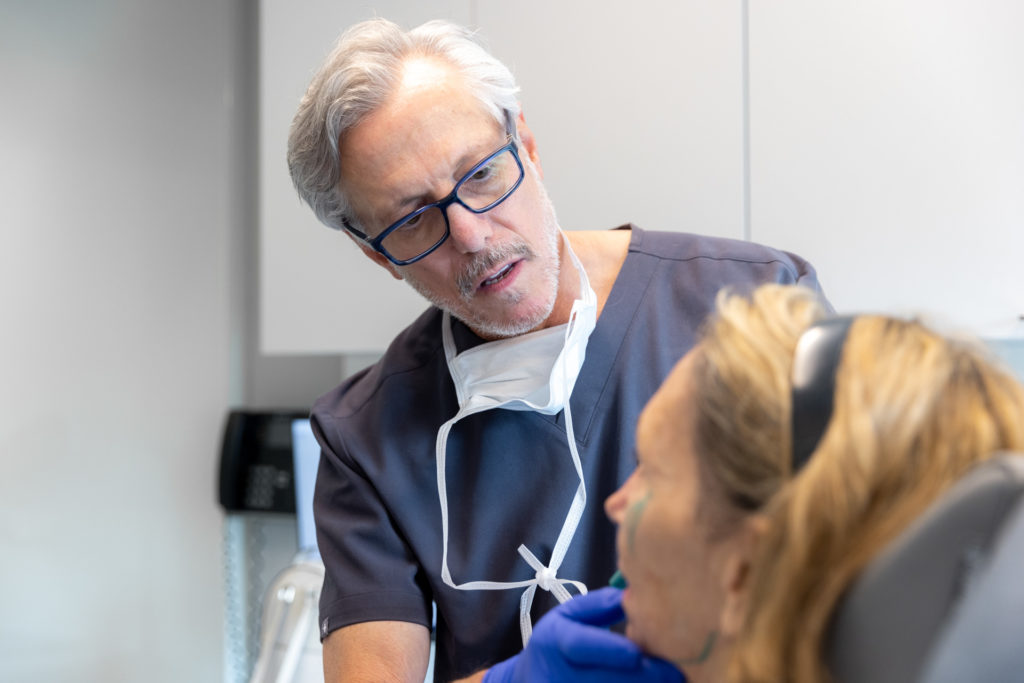
There are a lot of misconceptions about rhinoplasty that I will soon be addressing in a section in my website under FAQ’s. Below are two of the more common questions asked during a rhinoplasty consultation.
New York, N. Y.
1. DOCTOR, DO YOU HAVE TO “BREAK” MY NOSE? THE TECHNICAL TERM FOR THIS IS OSTEOTOMY.
In most cases, yes. Osteotomies are necessary in the majority of rhinoplasties. They do not make the nose less stable nor do they make the results less predictable, they actually improve the results in rhinoplasty. This takes about 2 minutes in a two hour operation.
The reasons why I perform osteotomies are two-fold. First, when a hump is removed from the nose it’s like slicing off the top of a pyramid. That leaves a gap called an open roof. If the side walls aren’t closed down then the upper part of the nose has a flat-top and may even look like railroad tracks. I sometimes see this in patients seeking revision rhinoplasty. Secondly, osteotomies are performed to narrow a wide nasal bridge.
The only difference is that the black and blue around the eyes may last a few days longer to get a better looking nose for the rest of your life. Sometimes patients have seen other surgeons who promise that they don’t “need” to break the nose. Maybe they use a euphemism such as “micro-osteotomies” which is really the same thing. What you see on TV is usually dramatized and not as violent as it really is. Using very sharp osteotomies makes a clean cut with little trauma, just like having quality carving knives in the kitchen; there is less tearing and damage to the surrounding tissue.
2. DOCTOR, CAN YOU JUST REMOVE THE “BUMP?”
Sometimes just the bump can be removed without touching the rest of the nose. However, most of the time even large noses are in balance. That means the nasal tip is usually a little large as well. Removing a hump without narrowing the nasal tip will make the nose look out of balance and un-natural, exaggerating the size of the tip. Another scenario is when there is a mildly drooping tip as well; again, a larger but balanced nose. Removing a bump alone will make the nose appear longer. The bump breaks up the profile. Raising the tip will restore a normal appearing nose.
This is one of the best reasons for using computer imaging for rhinoplasty. I can demonstrate to patients the potential changes from just removing a bump vs. minor reduction of the entire nose to maintain, even improve balance. Most of the time, more natural results can be achieved when the entire nose is addressed. Even if it means a millimeter off here and two millimeters off there, such small changes in multiple areas will yield more beautiful noses.
In summary, “breaking” the nose in rhinoplasty yields superior results in most cases. Bumps alone can be removed, but more beautiful noses are created when the entire nose is addressed. Steven J. Pearlman, M.D., F.A.C.S.




